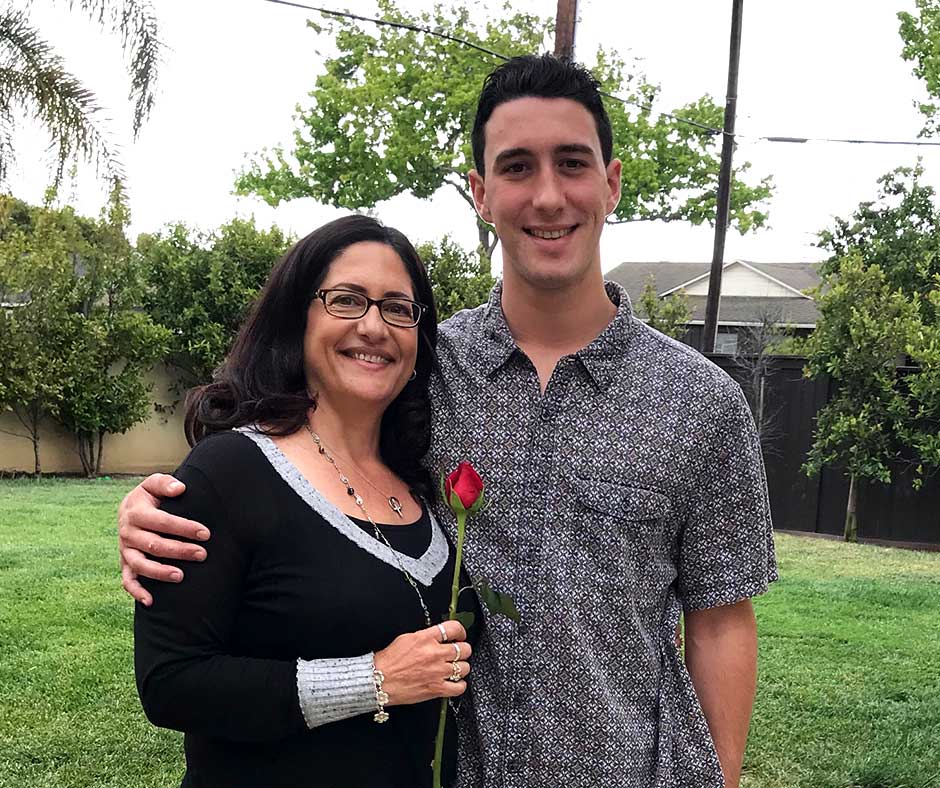While the conviction of Hsiu-Ying Tseng on murder charges is making headlines, the question of how a painkiller prescription makes the jump to a street drug addiction is now more pertinent than ever.
Easy Access to A Painkiller Prescription
To understand the current media uproar surrounding the conviction of Hsiu-Ying “Lisa” Tseng on murder charges, it is important to understand the circumstances surrounding her situation. Hsiu-Ying was a doctor operating out of a strip mall clinic in Rowland Heights. She was prosecuted for the murder of three of her young patients, who had all died of overdoses on the medication she had prescribed them. The prosecution pointed out that many of her patients drove long distances to her office, because of the ease with which they were able to obtain high-strength narcotic prescriptions from her. She took cash payments and was accused of not performing sufficient medical examinations of her patients before providing them with prescriptions. She was also notified more than a dozen times of the deaths of her patients but failed to change her prescribing practices. The case was a landmark for the medical community because while doctors being charged with criminal cases over their prescribing practices is not a new thing, this was the first time a murder conviction was handed down. Hsiu-Ying received 30 years to life for the murders.
Unfortunately, Hsiu-Ying Tseng is not the only avenue that drug-seeking patients have at their disposal when it comes to receiving powerful narcotics through a doctor’s office. The increased media attention has placed the spotlight on just how easy it is for potential addicts to get their hands on addictive drugs through seemingly legitimate sources.
A Painkiller Prescription Is Just The Start
While a painkiller prescription in and of itself has the potential to be extremely dangerous when wrongfully prescribed, it is also one of the starting points on the path to less regulated and equally dangerous street drugs, like heroin.
While there is less stigma surrounding prescription painkillers like Oxycontin, they are just as strong and more consistently so, as non-prescription opiates like heroin. The path from prescription painkillers to this point, is actually a very quick one. While it is more common for individuals who already have a habit of abusing drugs to seek out an illegitimate doctor like Hsiu-Ying, it is not uncommon for an individual to find themselves with a narcotic prescription following a legitimate surgery. Narcotics are prescribed for everything from wisdom teeth removal to non-specific pain following a car accident. Finding oneself with a prescription for these types of drugs without any desire to abuse them is pretty standard in one of these situations. When the patient begins taking the drug though, the euphoria associated with even legitimately prescribed opiates can make them seek out their continuing use even after a prescription has ended. This can lead to someone seeking out a doctor like Hsiu-Ying in order to continue receiving the drugs.
When Painkillers Aren’t Available
This pattern of use and abuse can quickly turn into a physical dependence when someone is dealing with opiates. While the drugs are mentally addictive, they also carry the insidious quality of becoming physically addictive after periods of sustained use. The body will go into withdrawal without the drugs that it has become reliant on for the production of dopamine and in order to feel “normal”. Because of the way tolerance for these drugs develops rapidly, users will go through a prescription increasingly more quickly. When physical dependence has set in, and a user finds it difficult or impossible to acquire more of the prescription opiate, the next logical step to feed the addiction is often found on the street.
Street drug dealers do not operate exclusively during regular business hours. If a user finds themselves in the throes of withdrawal and they do not have the ability to get more pills, they are able to find the same chemical relief through street opiates like heroin. Often cheaper and more readily accessible whenever a user needs it, heroin can quickly take the place of prescription drugs. It is in this way that individuals who never would have envisioned themselves touching a needle or smoking drugs off of foil, find themselves with a heroin habit.
The Problem Doesn’t Stop With Doctors
While “dirty doctors” illegitimately prescribing narcotics are definitely a problem that needs to be addressed, the opiate epidemic does not start nor end with them. Addicts are notoriously adept at finding ways to feed their habits, and even with increased regulation surrounding “dirty doctors”, they will still find a way to acquire drugs. Stopping doctors from getting away with quick prescribing for profit is a great place to start, but a hard look also needs to be taken at not only the ease of which individuals are able to access opiates, but the way that addicts are treated once an addiction develops. While responsibility needs to be taken by those who are feeding the opiate epidemic with prescription drugs, there also needs to be an increased social awareness that opiate addiction is not limited to hardcore drug addicts in the streets, but is equally prevalent in affluent homes and communities. As long as there is a demand for prescription painkillers that are intended to be used illegitimately, “dirty doctors” like Hsiu-Ying will have a market to exploit. Do you or a loved one have any experience with prescription narcotics that led to addiction? Share your story with us below!
Last Updated on February 21, 2024

